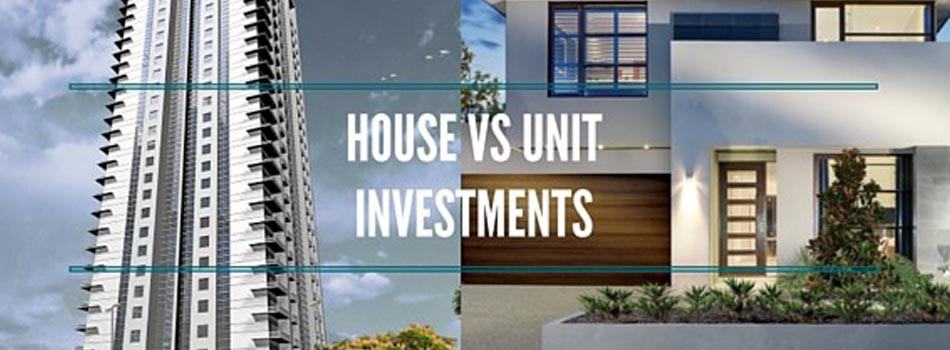Houses versus units
ATO ruling makes common area claims less complex
One question we’re often asked by investors is ‘will a house or a unit provide better depreciation deductions?’
This is a frequent question asked during the pre-purchase stage and a range of factors will be considered by a specialist Quantity Surveyor when calculating depreciation deductions. This includes:
- Construction method and materials
- The age of the property and construction commencement date
- Any renovation work that has been completed since original construction
- The plant and equipment assets found in the property and, in the case of apartments or units, common property assets found in shared areas
Investors often think they can claim more deductions for a house due to its larger floor space. However, usually the extensive amount of infrastructure involved in the construction of a residential unit can result in a higher construction cost, increasing the overall depreciation claim for these properties.
While houses, units and apartments all contain a significant number of plant and equipment assets, larger development complexes also entitle their owners to claim deductions for shared areas classified as common property. Examples include lifts, passages, common gardens, pool areas, gyms, common laundry areas, driveways and stairways.
Recently, changes outlined under Tax Ruling (TR) 2015/3 have meant that more owners of apartments or units can claim deductions for common property assets.
TR 2015/3 relates to strata title legislation and provides further clarification on how common property should be treated for tax purposes. This is because strata title legislation on a state-by-state basis was unclear and inconsistent between the states, particularly in relation to how common property is held by the body corporate either as an ‘agent’ or in trust.
Prior to TR 2015/3 it wasn’t always clear how owners in the Northern Territory, South Australia and Tasmania could claim common property.
In some circumstances, the body corporate could prepare a tax return and claim the depreciation. However, paragraph 95 of TR 2015/3 outlines that despite the differences in the state and territory legislation, the Commissioner will apply a consistent treatment across all strata schemes. This means that proprietors in strata schemes can return income and claim deductions on the basis that they hold the legal and beneficial ownership of common property.
When calculating deductions for a unit or an apartment complex, a Quantity Surveyor will assess the unit entitlements found on the Strata Plan, Plan of Subdivision (PS) or on the Building Unit Plans (BUPs) to accurately calculate the percentage of ownership for common property assets.
The table to the left provides an estimate of the deductions available for a three bedroom house, unit and townhouse all purchased for $620,000 and constructed in 2012. We also included an example of a property purchased for $550,000 constructed in 1990
The eligibility to claim common property items mean owners of stand-alone townhouses and units may receive higher deductions.
Depreciation deductions vary depending on the quality of the finish and the assets found within a property. Investors can request a depreciation estimate for any property they are considering purchasing by visiting bmtqs.com.au/estimate.
Article provided by BMT Tax Depreciation. Bradley Beer (B. Con. Mgt, AAIQS, MRICS, AVAA) is the Chief Executive Officer of BMT Tax Depreciation. Please contact 1300 728 726 or visit www.bmtqs.com.au for an Australia-wide service.







